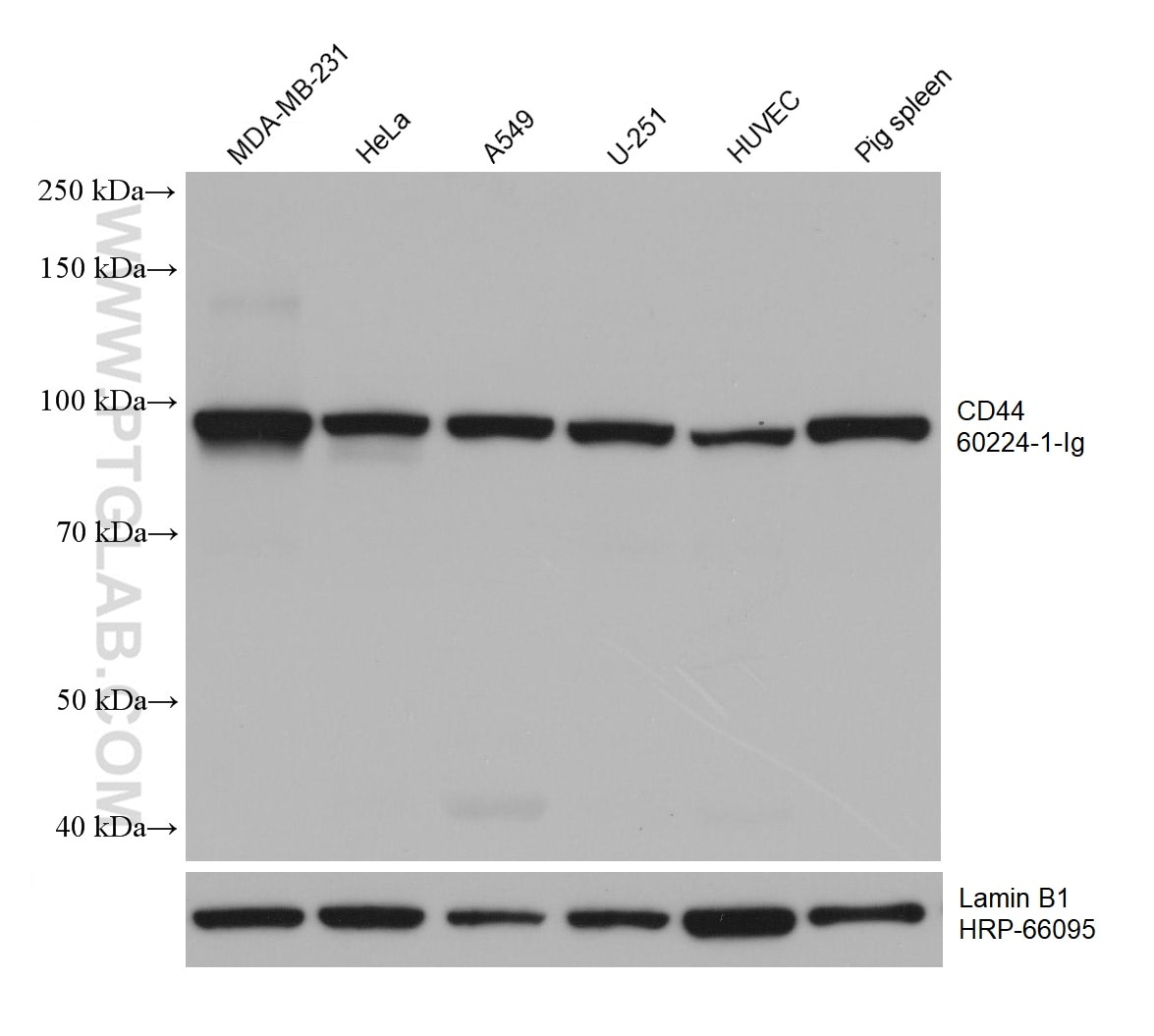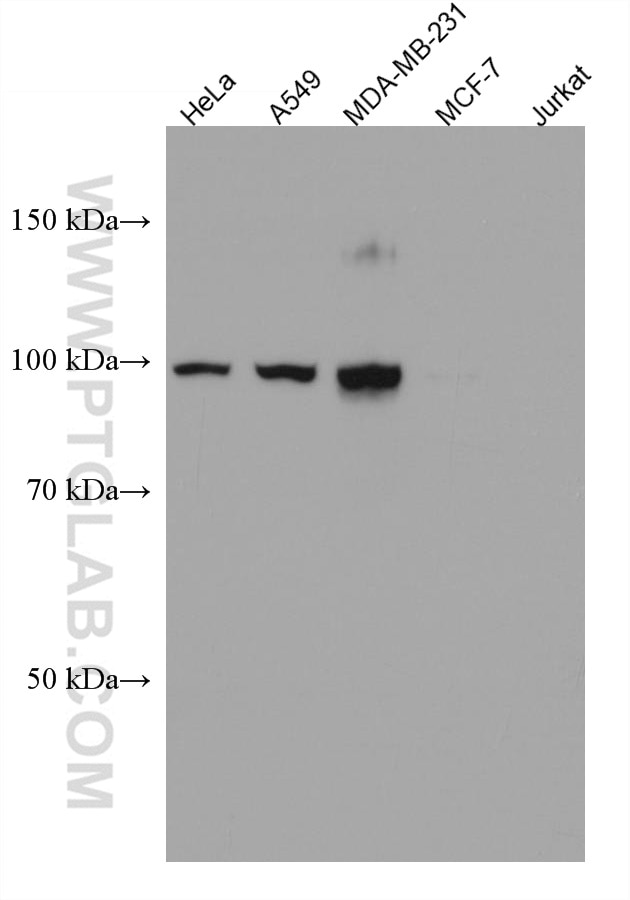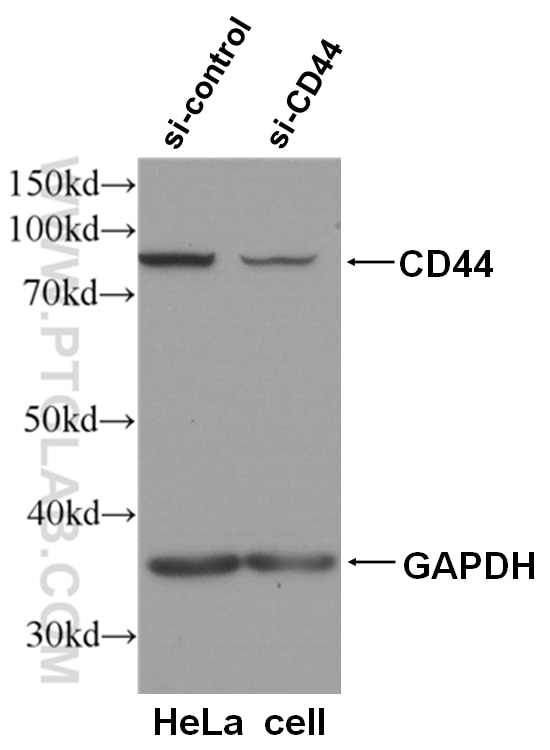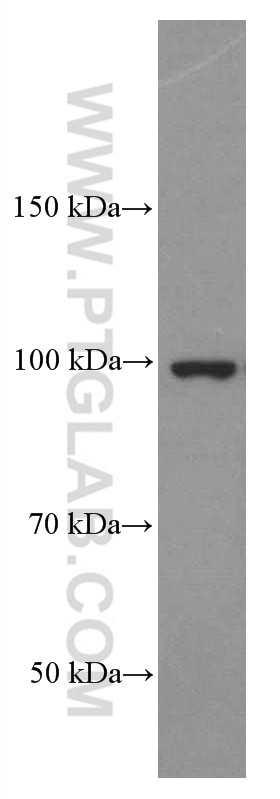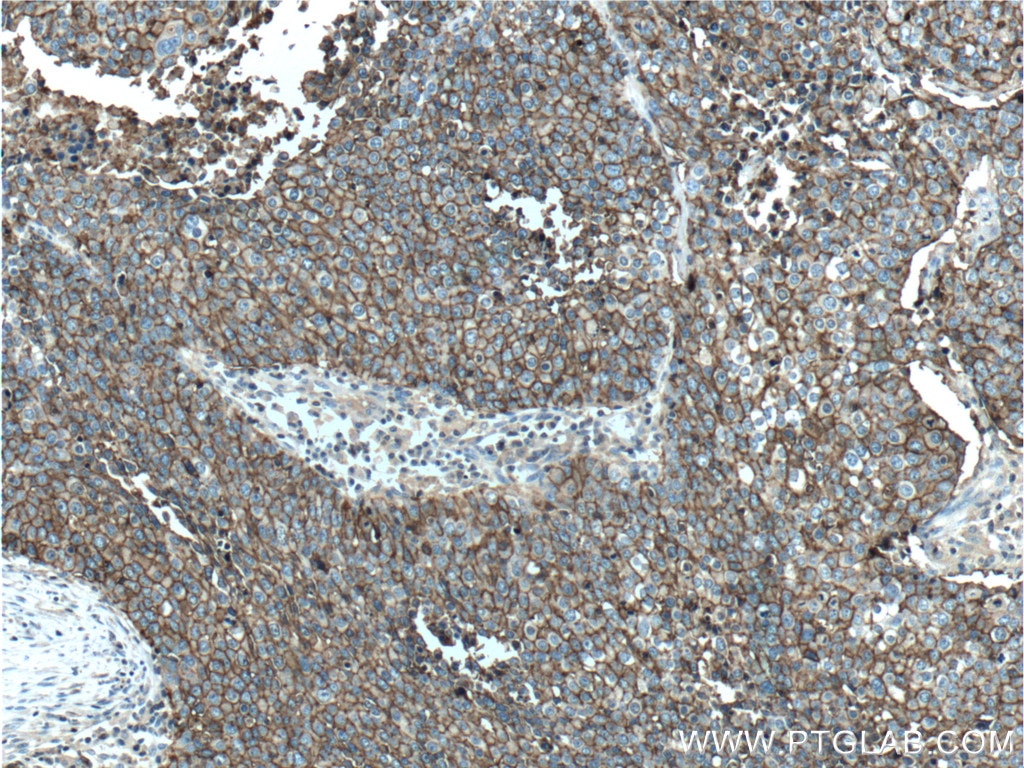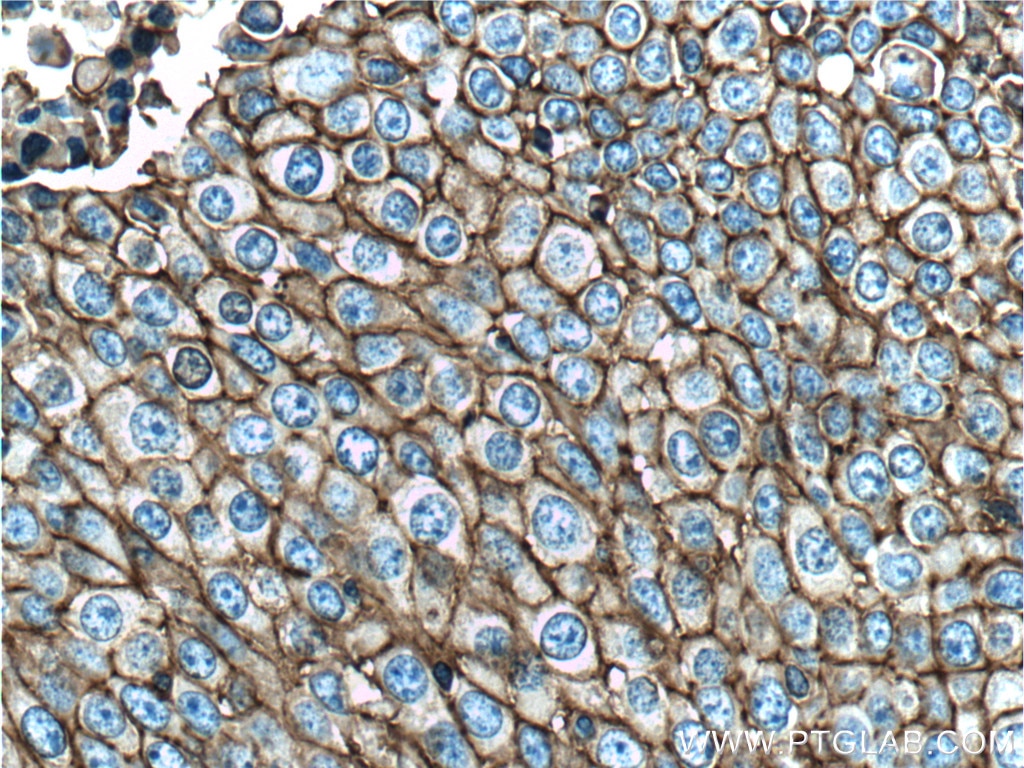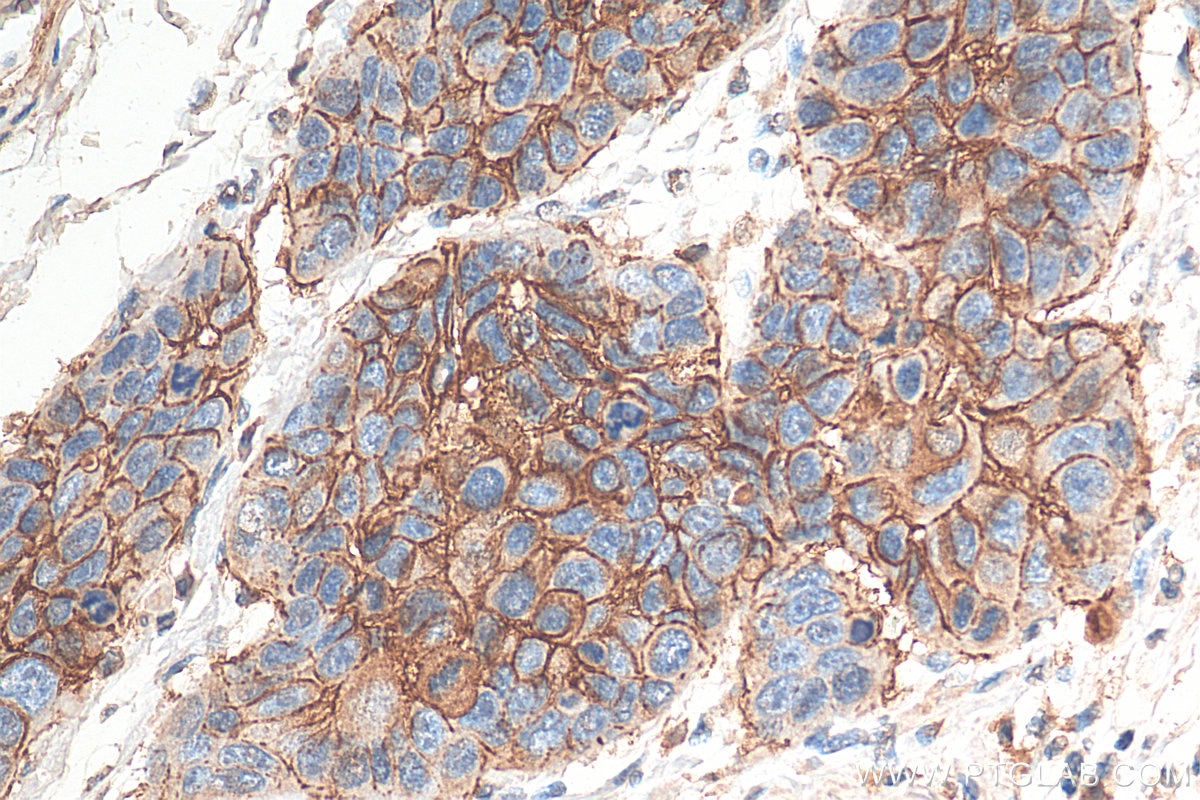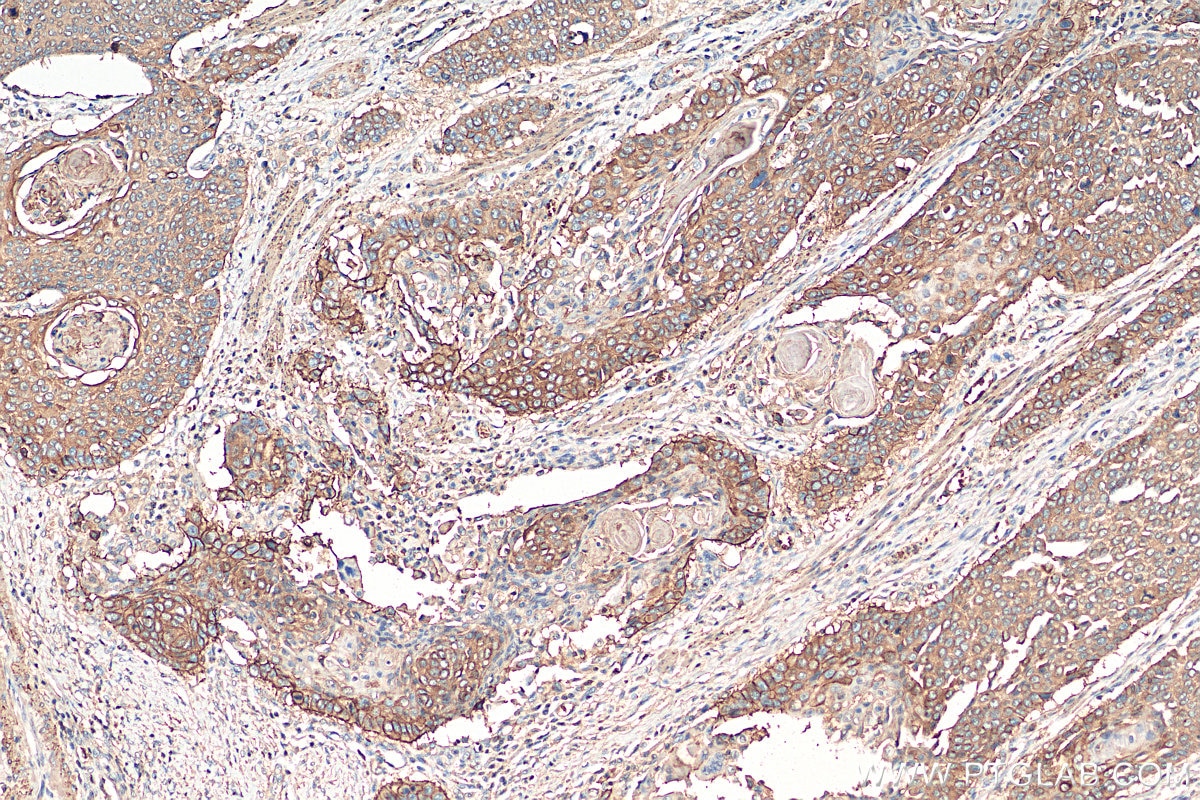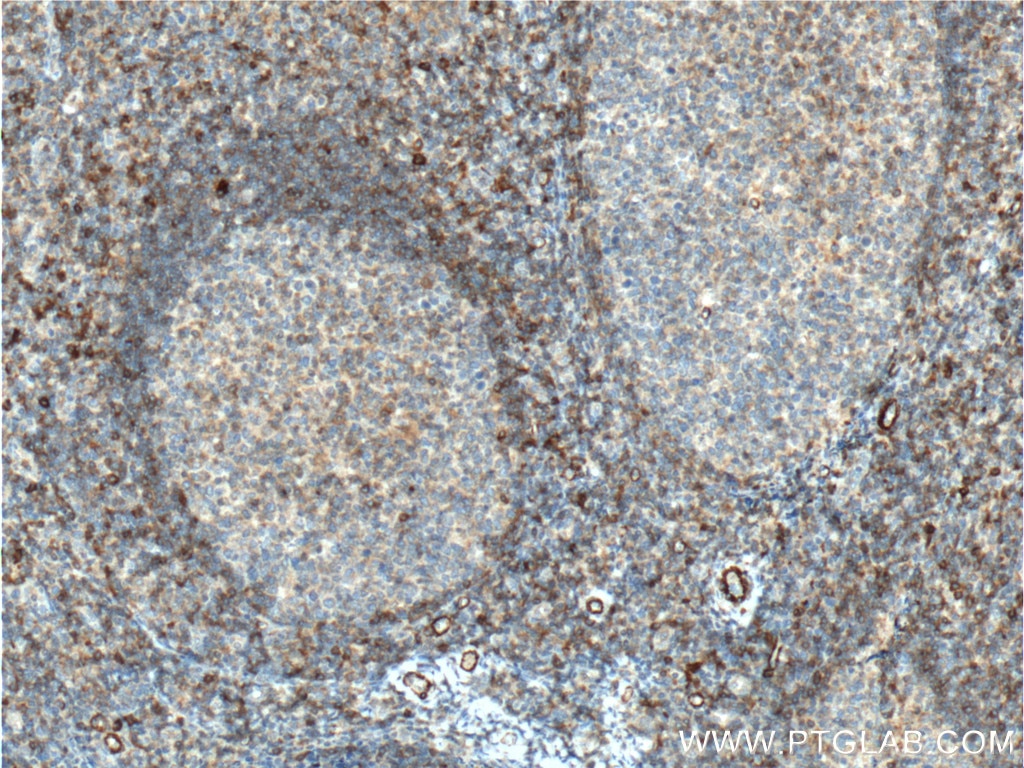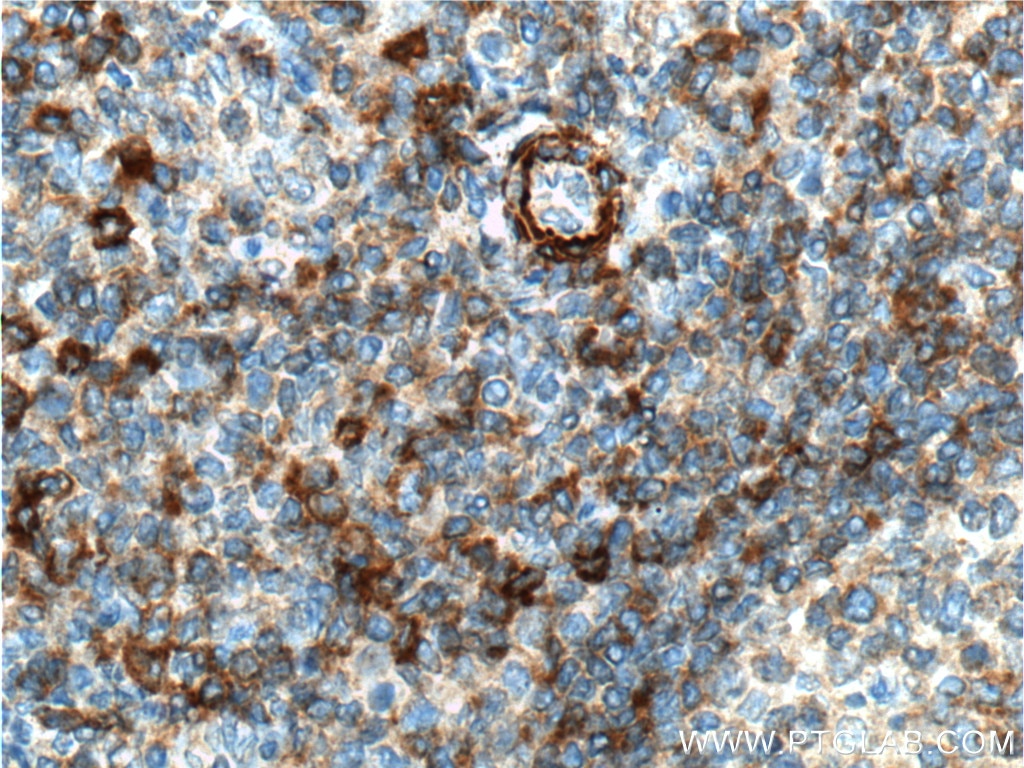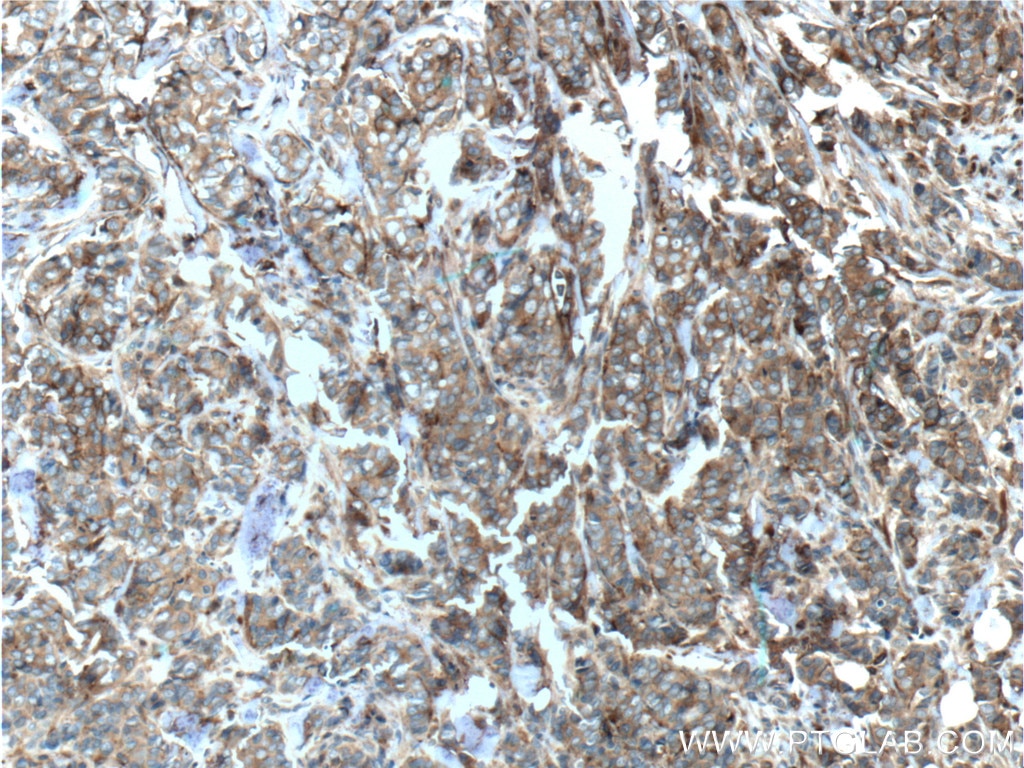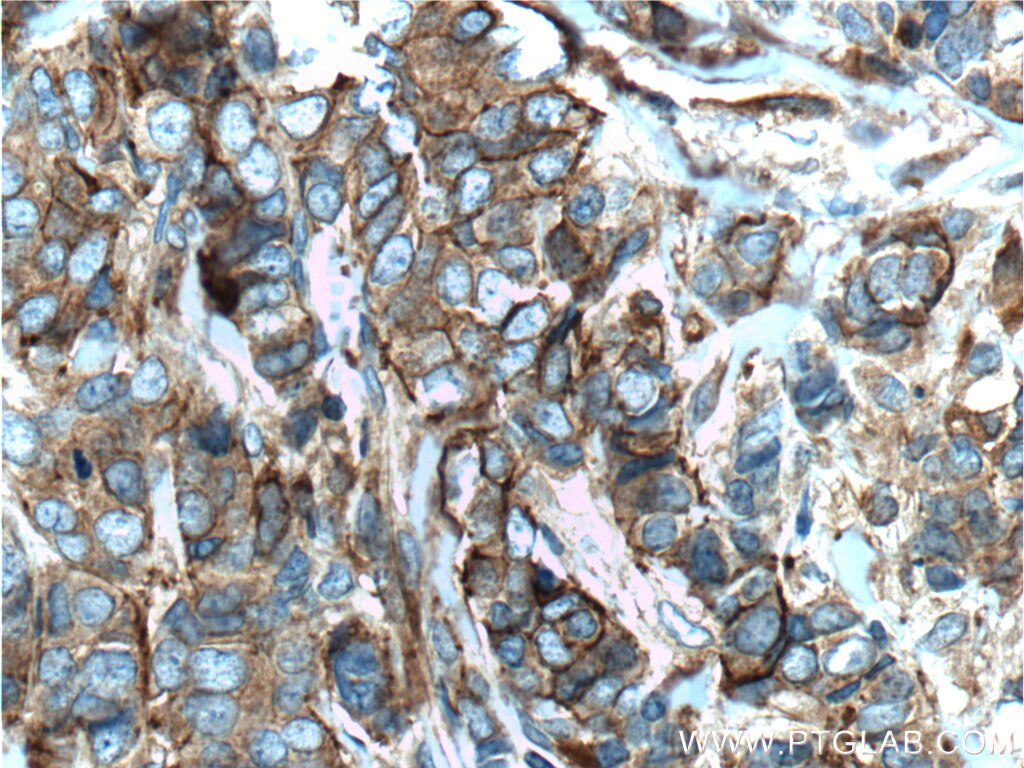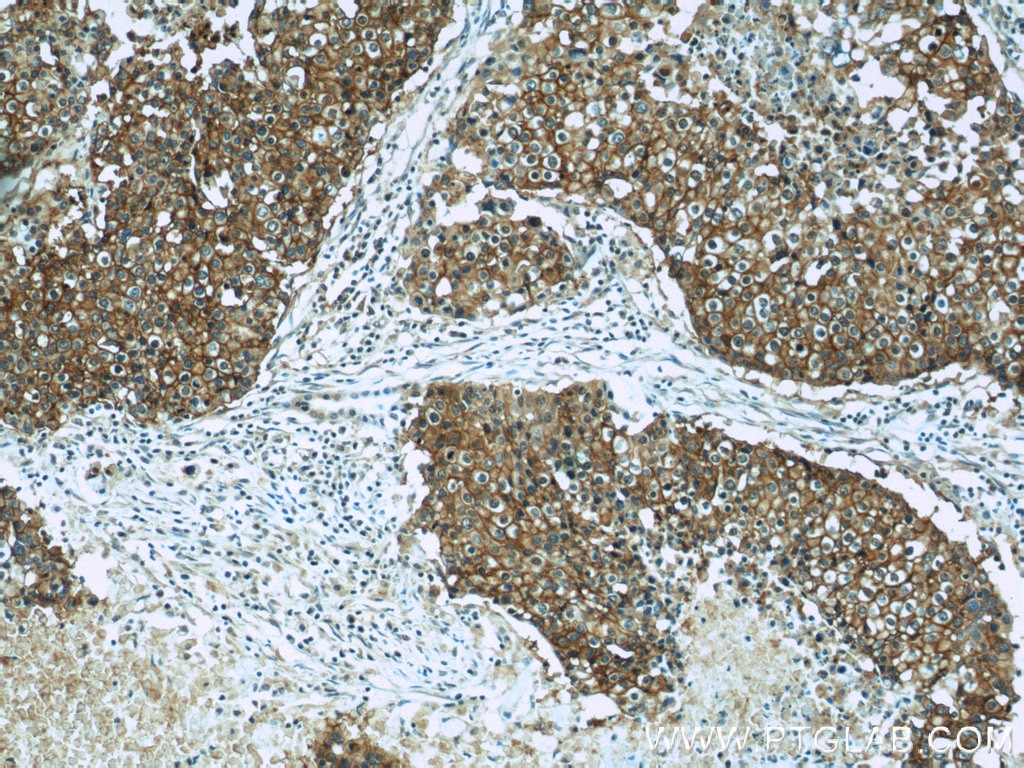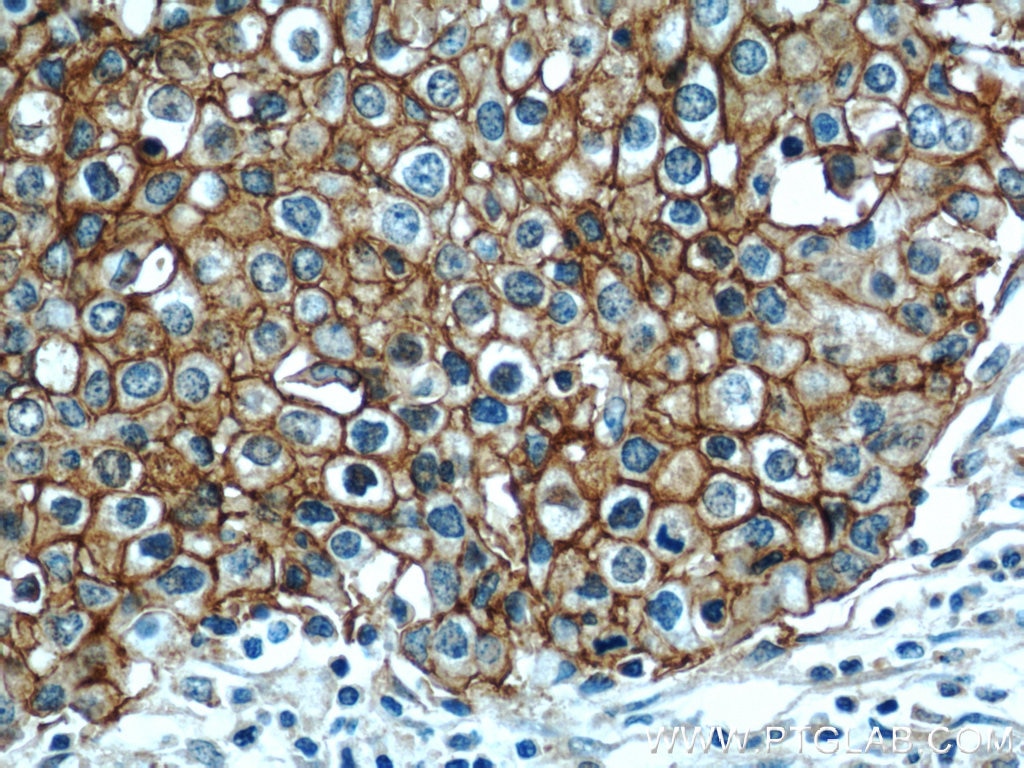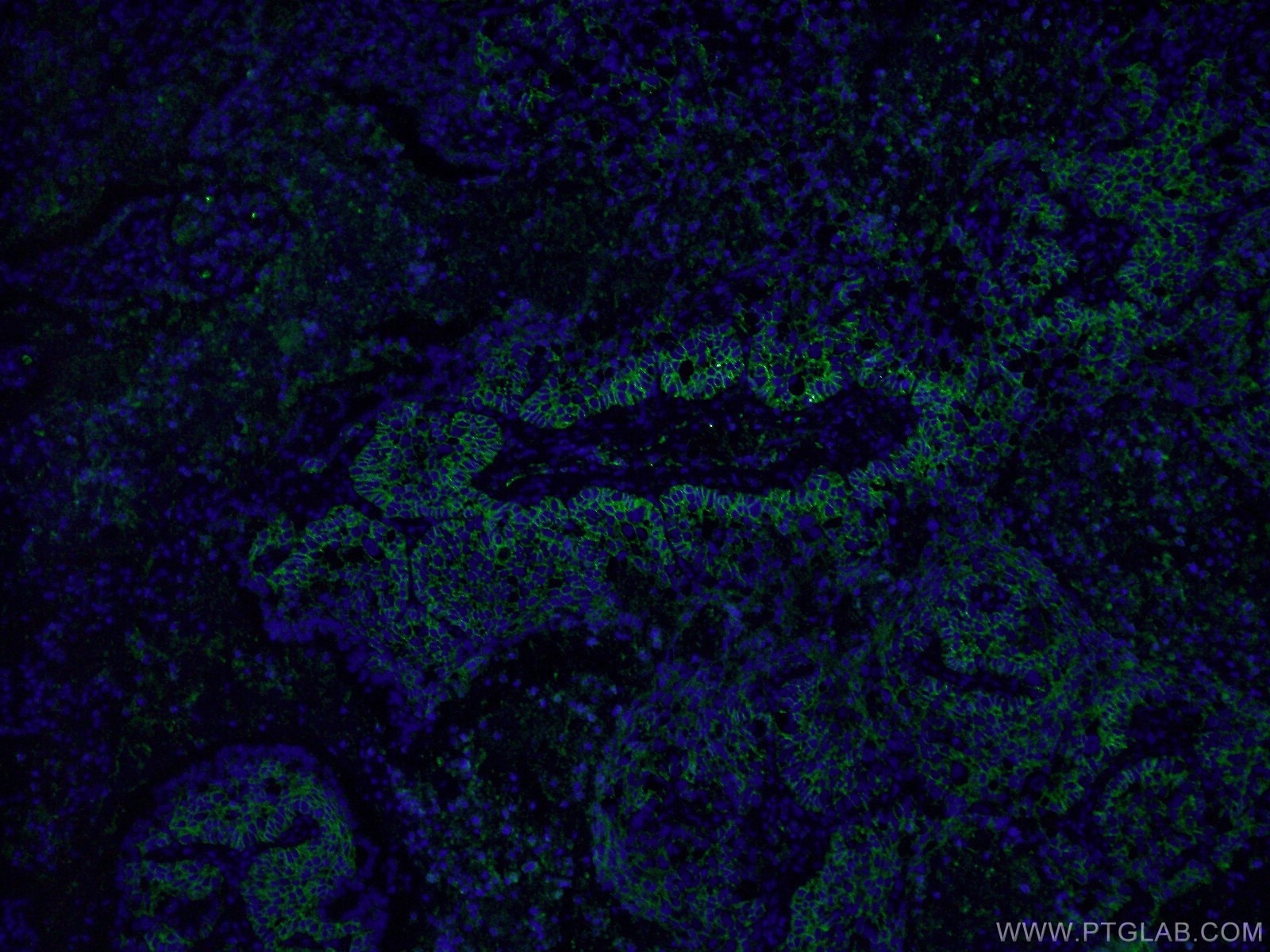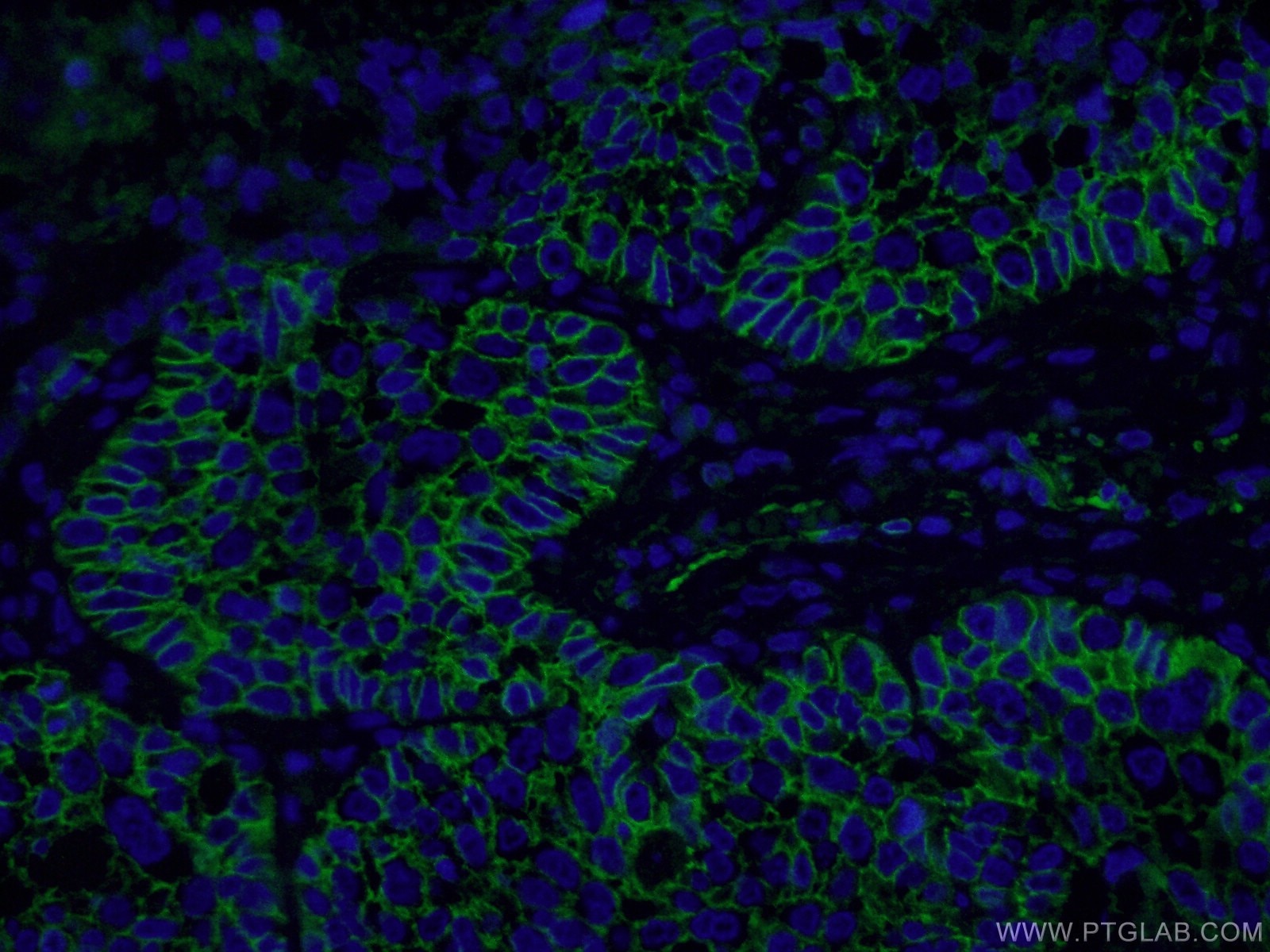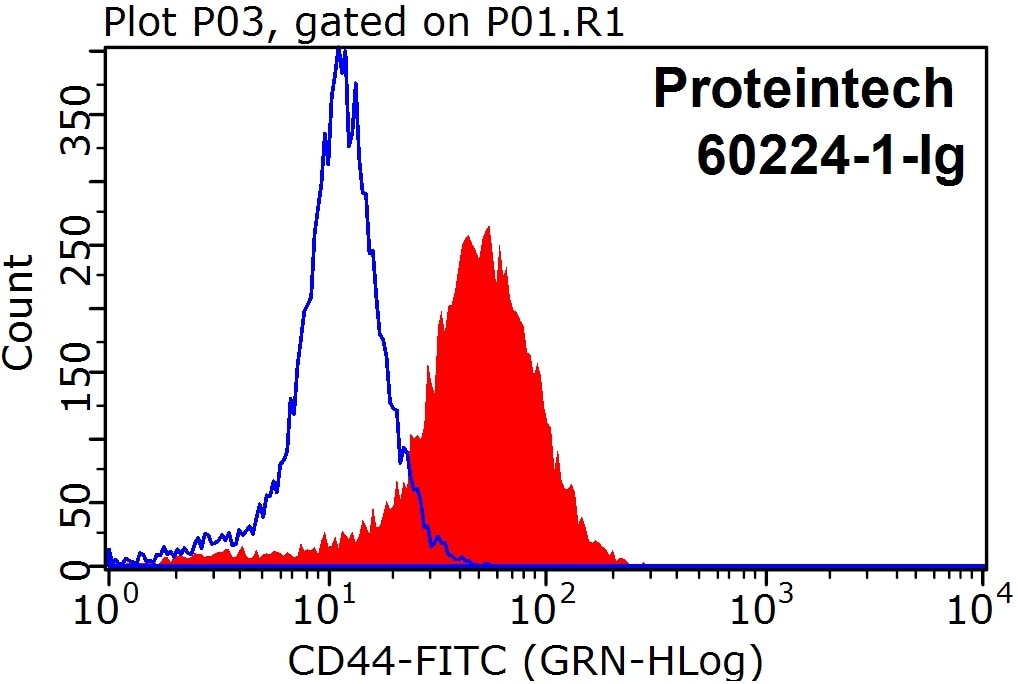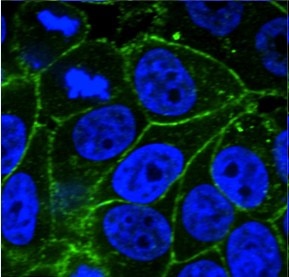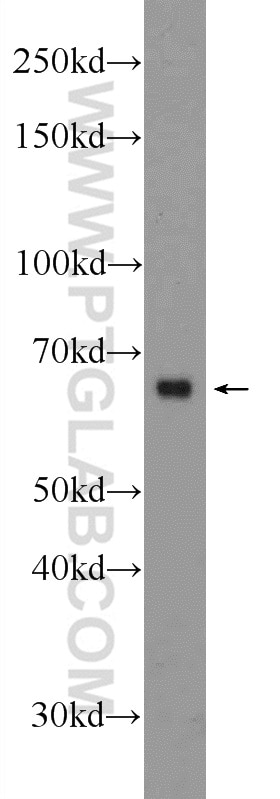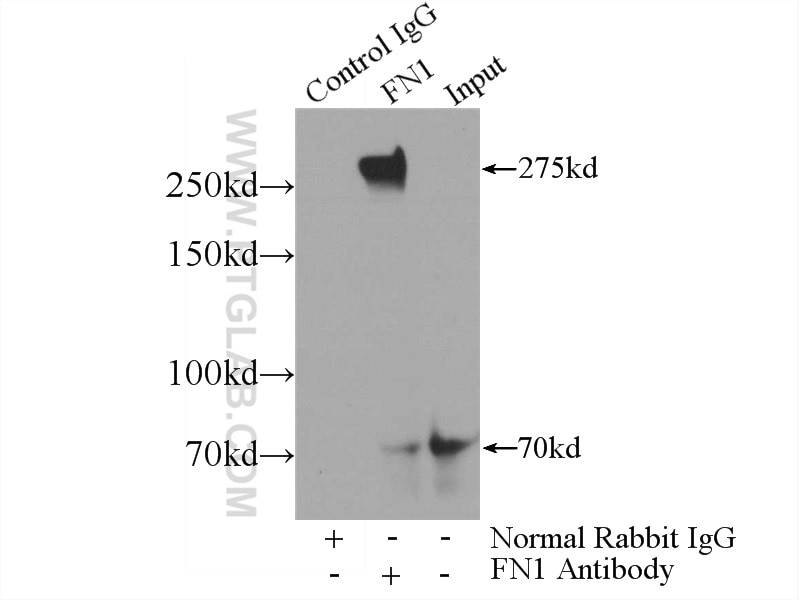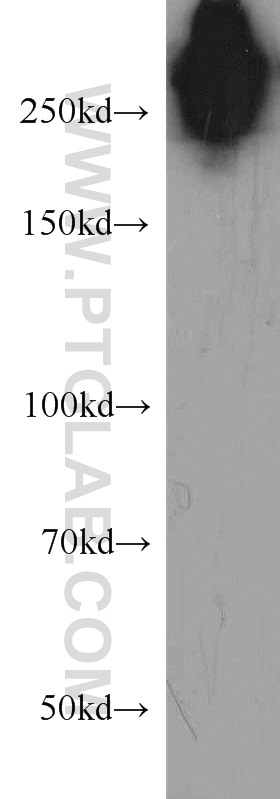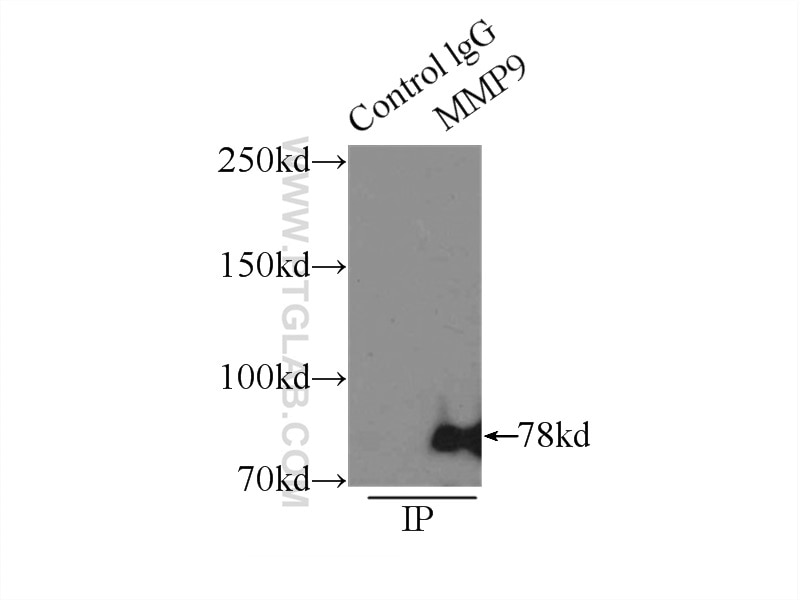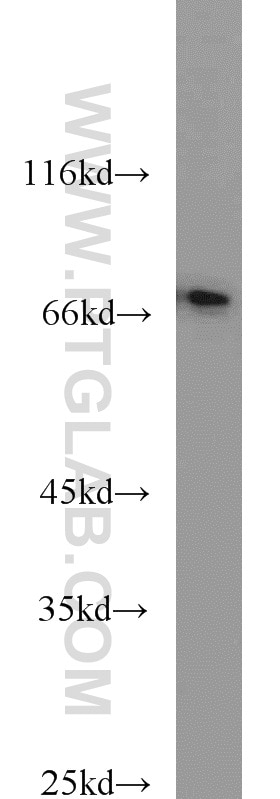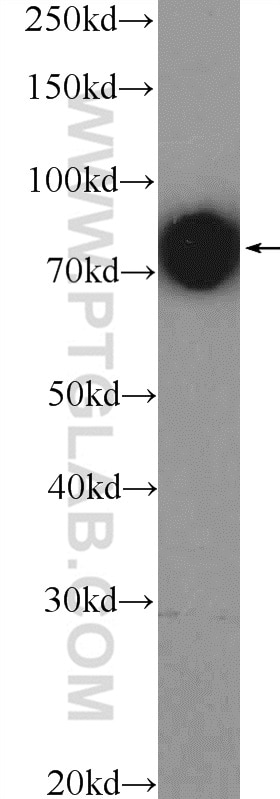- Phare
- Validé par KD/KO
Anticorps Monoclonal anti-CD44
CD44 Monoclonal Antibody for FC, IF, IHC, WB, ELISA
Hôte / Isotype
Mouse / IgG2a
Réactivité testée
Humain, porc et plus (3)
Applications
WB, IHC, IF, FC, ELISA
Conjugaison
Non conjugué
CloneNo.
6F4H2
N° de cat : 60224-1-Ig
Synonymes
Galerie de données de validation
Applications testées
| Résultats positifs en WB | cellules MDA-MB-231, cellules A549, cellules HeLa, cellules HUVEC, cellules U-251, tissu splénique de porc, tissu splénique humain |
| Résultats positifs en IHC | tissu de cancer du poumon humain, tissu d'amygdalite humain, tissu de cancer de l'œsophage humain, tissu de cancer du sein humain il est suggéré de démasquer l'antigène avec un tampon de TE buffer pH 9.0; (*) À défaut, 'le démasquage de l'antigène peut être 'effectué avec un tampon citrate pH 6,0. |
| Résultats positifs en IF | tissu de cancer du poumon humain, |
| Résultats positifs en cytométrie | cellules Raji |
Dilution recommandée
| Application | Dilution |
|---|---|
| Western Blot (WB) | WB : 1:5000-1:50000 |
| Immunohistochimie (IHC) | IHC : 1:50-1:500 |
| Immunofluorescence (IF) | IF : 1:50-1:500 |
| Flow Cytometry (FC) | FC : 0.20 ug per 10^6 cells in a 100 µl suspension |
| It is recommended that this reagent should be titrated in each testing system to obtain optimal results. | |
| Sample-dependent, check data in validation data gallery | |
Applications publiées
| WB | See 22 publications below |
| IHC | See 6 publications below |
| IF | See 20 publications below |
| FC | See 1 publications below |
Informations sur le produit
60224-1-Ig cible CD44 dans les applications de WB, IHC, IF, FC, ELISA et montre une réactivité avec des échantillons Humain, porc
| Réactivité | Humain, porc |
| Réactivité citée | rat, Humain, Lapin, porc, souris |
| Hôte / Isotype | Mouse / IgG2a |
| Clonalité | Monoclonal |
| Type | Anticorps |
| Immunogène | CD44 Protéine recombinante Ag7633 |
| Nom complet | CD44 molecule (Indian blood group) |
| Masse moléculaire calculée | 742 aa, 82 kDa |
| Poids moléculaire observé | 80-95 kDa |
| Numéro d’acquisition GenBank | BC004372 |
| Symbole du gène | CD44 |
| Identification du gène (NCBI) | 960 |
| Conjugaison | Non conjugué |
| Forme | Liquide |
| Méthode de purification | Purification par protéine A |
| Tampon de stockage | PBS avec azoture de sodium à 0,02 % et glycérol à 50 % pH 7,3 |
| Conditions de stockage | Stocker à -20°C. Stable pendant un an après l'expédition. L'aliquotage n'est pas nécessaire pour le stockage à -20oC Les 20ul contiennent 0,1% de BSA. |
Informations générales
CD44 is a type I transmembrane glycoprotein that mediates cell-cell and cell-matrix interactions through its affinity for hyaluronic acid (HA) and possibly also through its affinity for other ligands. Adhesion with HA plays an important role in cell migration, tumor growth and progression. CD44 is also involved in lymphocyte activation, recirculation and homing, and in hematopoiesis. This protein exists in multiple forms (with molecular weight ranging from 16 kDa to over 200 kDa) generated by alternative RNA splicing and extensive post-translational modifications.
Protocole
| Product Specific Protocols | |
|---|---|
| WB protocol for CD44 antibody 60224-1-Ig | Download protocol |
| IHC protocol for CD44 antibody 60224-1-Ig | Download protocol |
| IF protocol for CD44 antibody 60224-1-Ig | Download protocol |
| Standard Protocols | |
|---|---|
| Click here to view our Standard Protocols |
Publications
| Species | Application | Title |
|---|---|---|
Nat Methods Visualizing the native cellular organization by coupling cryofixation with expansion microscopy (Cryo-ExM). | ||
Biomater Sci Magnetothermal heating facilitates the cryogenic recovery of stem cell-laden alginate-Fe(3)O(4) nanocomposite hydrogels | ||
Biomater Sci Vitrification of stem cell-laden core-shell microfibers with unusually low concentrations of cryoprotective agents | ||
Stem Cell Res Ther Mesenchymal stem cells in synovial fluid increase in number in response to synovitis and display more tissue-reparative phenotypes in osteoarthritis | ||
J Nanobiotechnology Bone-targeted erythrocyte-cancer hybrid membrane-camouflaged nanoparticles for enhancing photothermal and hypoxia-activated chemotherapy of bone invasion by OSCC. |
Avis
The reviews below have been submitted by verified Proteintech customers who received an incentive forproviding their feedback.
FH Udesh (Verified Customer) (08-16-2023) | Worked well for WB at 1:1000
|
